
报告编号:B6-2022-091401
报告来源:360CERT
报告作者:360CERT
更新日期:2022-09-14
0x01 漏洞简述
2022年09月13日,微软发布了2022年9月份安全更新,事件等级:严重,事件评分:10.0。
此次安全更新发布了64个漏洞的补丁,主要覆盖了以下组件:Microsoft Windows and Windows Components、 Azure and Azure Arc、 .NET and Visual Studio and .NET Framework、 Microsoft Edge (Chromium-based)、 Office and Office Components、 Windows Defender、 Linux Kernel等等。其中包含5个严重漏洞,57个高危漏洞, 1个中危漏洞,1个低危漏洞。
对此,360CERT建议广大用户做好资产自查以及预防工作,以免遭受黑客攻击。
0x02 风险等级
360CERT对该漏洞的评定结果如下
| 评定方式 | 等级 |
|---|---|
| 威胁等级 | 高危 |
| 影响面 | 广泛 |
| 攻击者价值 | 高 |
| 利用难度 | 低 |
| 360CERT评分 | 10.0 |
0x03 漏洞详情
CVE-2022-37969 : Windows 通用日志文件系统驱动程序特权提升漏洞
CVE: CVE-2022-37969
组件: 通用日志文件系统 (CLFS)
漏洞类型: 特权提升
影响: 特权提升
简述: 该漏洞存在于通用日志文件系统 (CLFS) 中,允许经过普通身份验证的攻击者,提升到高权限账户并进行恶意代码。该漏洞已存在在野利用。
社区热度:
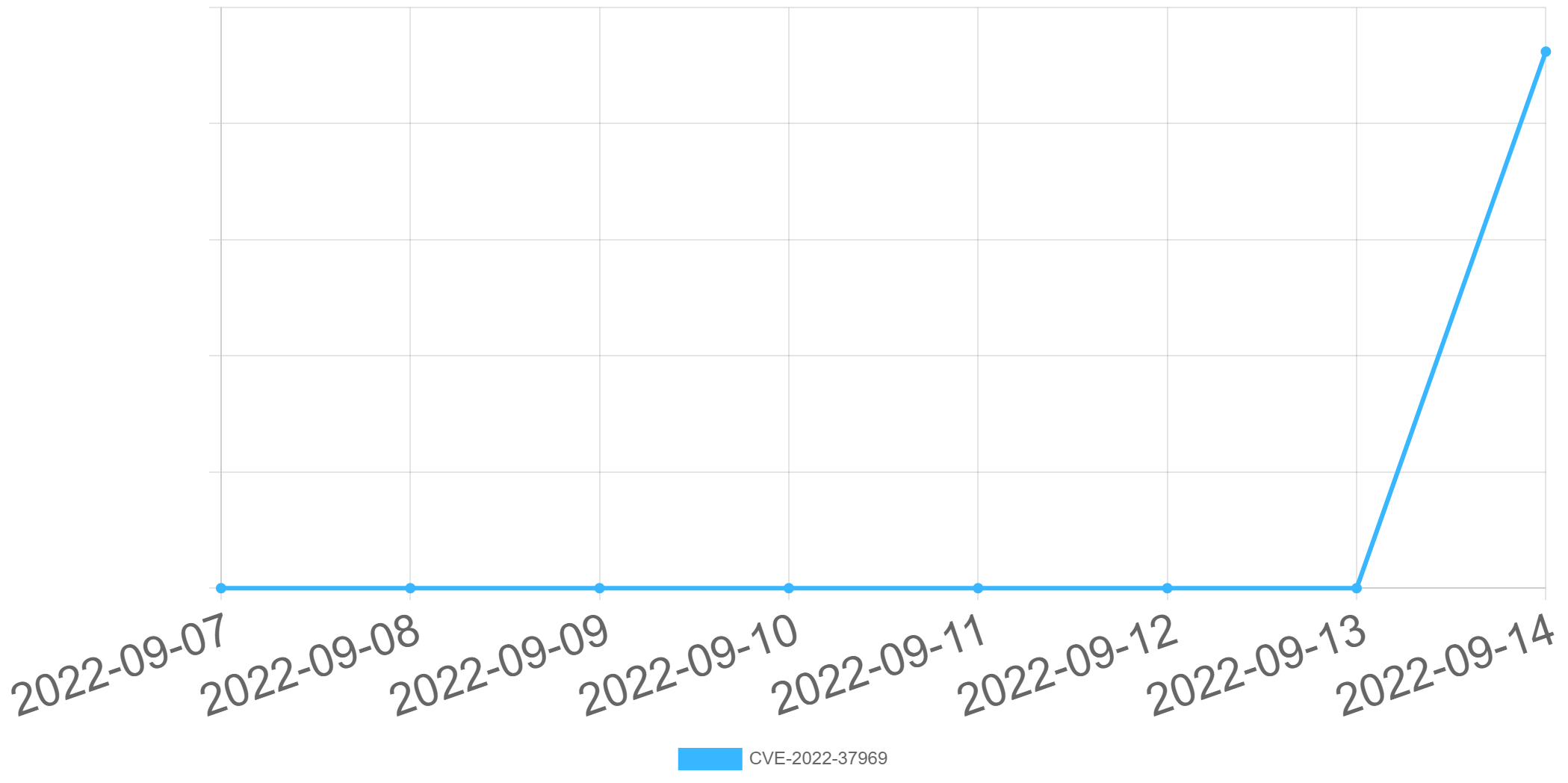
CVE-2022-34718: Windows TCP/IP 远程代码执行漏洞
CVE: CVE-2022-34718
组件: TCP/IP
漏洞类型: 代码执行
影响: 服务器接管
简述: 该漏洞允许未经身份验证的远程攻击者在无需用户交互的情况下,通过将特制的 IPv6 数据包发送到启用了 IPSec 的 Windows 节点,从而在受影响的系统上以高权限账户执行代码。只有启用了 IPv6 并配置了 IPSec 的系统易受攻击。
社区热度:
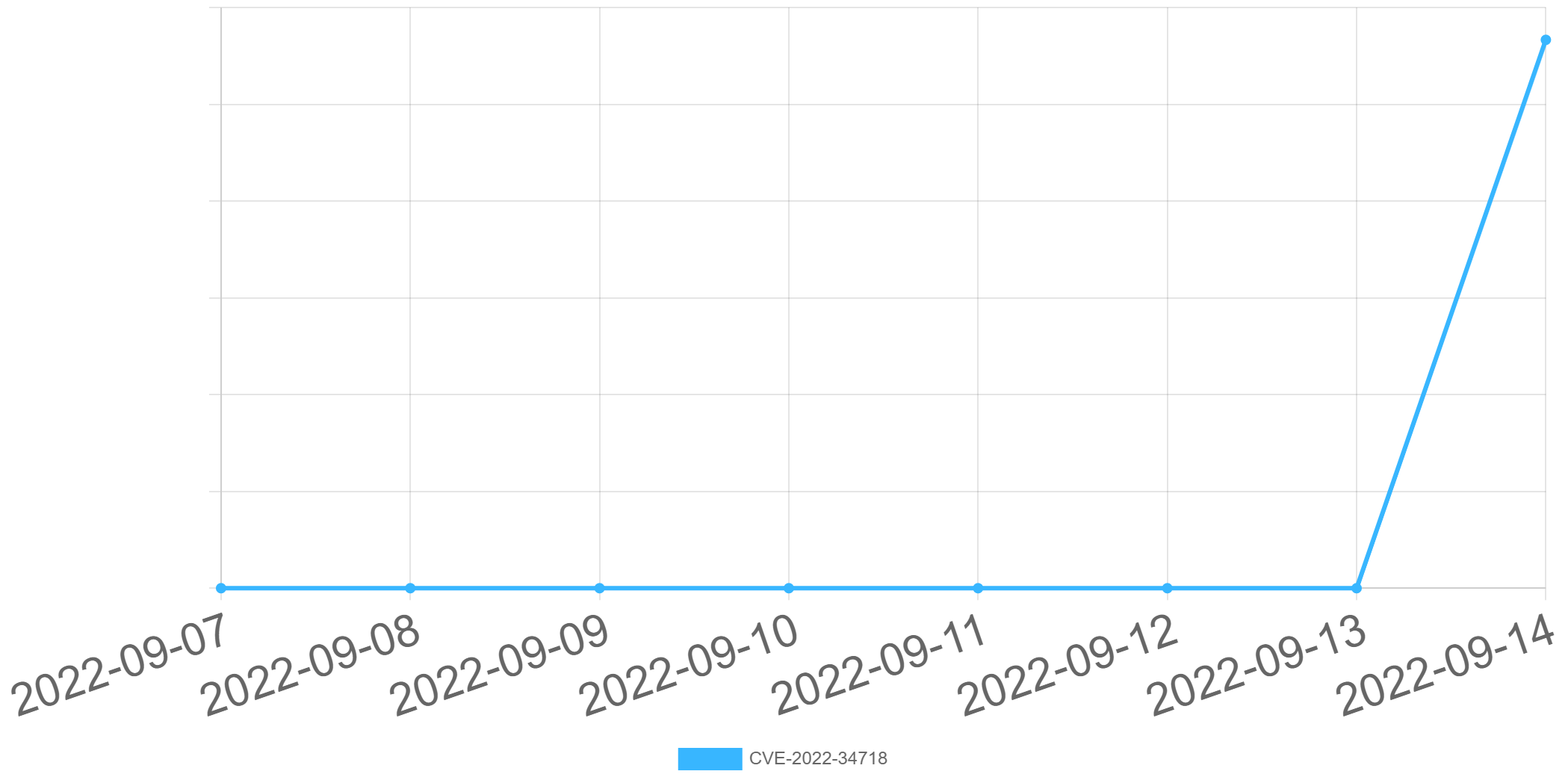
CVE-2022-34724: Windows DNS 服务器拒绝服务漏洞
CVE: CVE-2022-34724
组件: DNS
漏洞类型: 拒绝服务
影响: 拒绝服务
简述: 该漏洞存在于Windows DNS 服务器中,未经身份验证的远程攻击者可以造成拒绝服务 (DoS) 。该漏洞可能对企业资源产生影响。
社区热度:
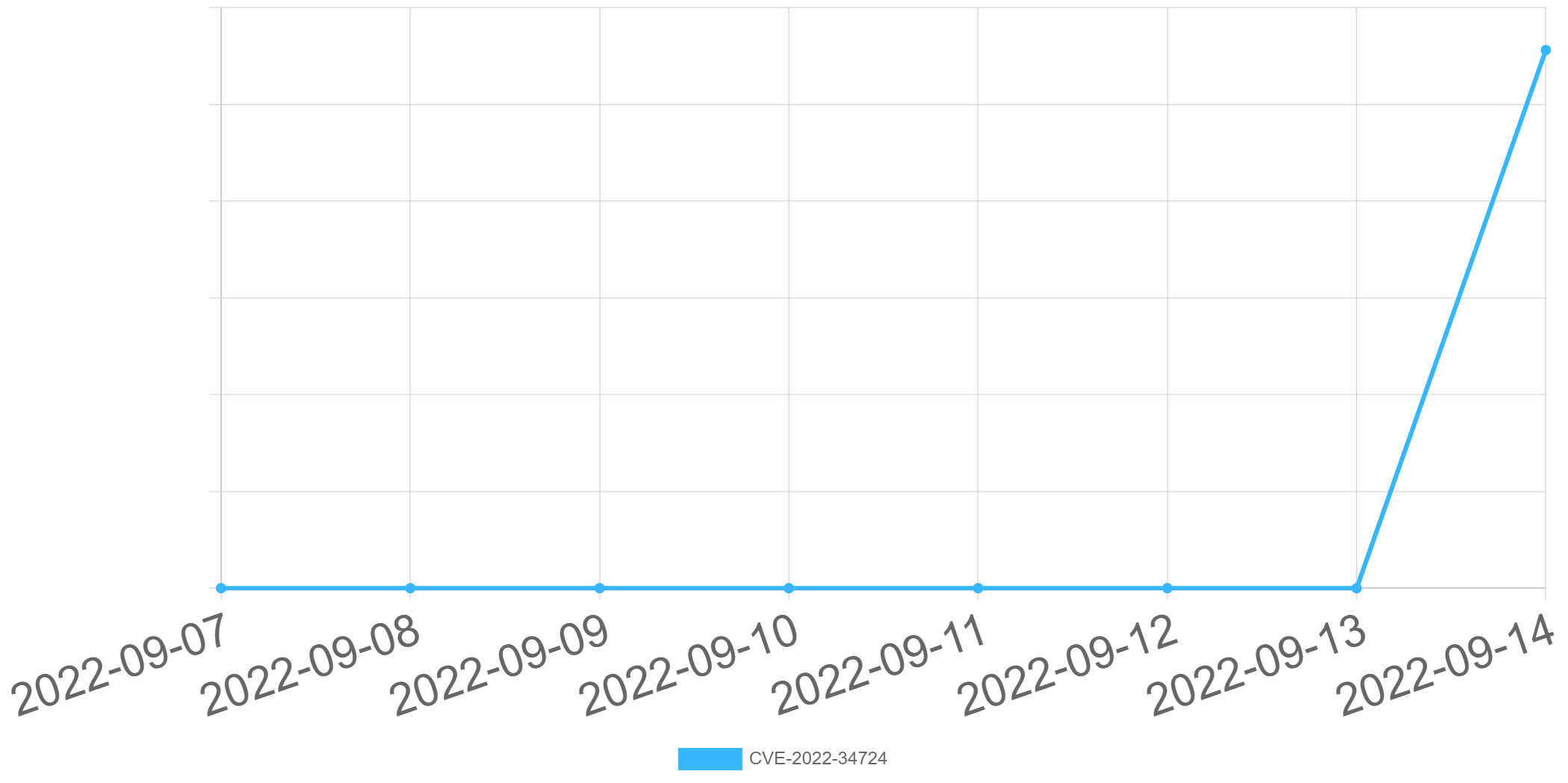
CVE-2022-3075: Chrome 代码执行漏洞
CVE: CVE-2022-3075
组件: Chrome
漏洞类型: 数据验证不足
影响: 代码执行
简述: 由于Mojo中数据验证不足,攻击者可通过多种方式诱导用户访问恶意的链接来利用此漏洞,成功利用此漏洞的远程攻击者可绕过安全限制,在服务器上执行任意代码。
社区热度:
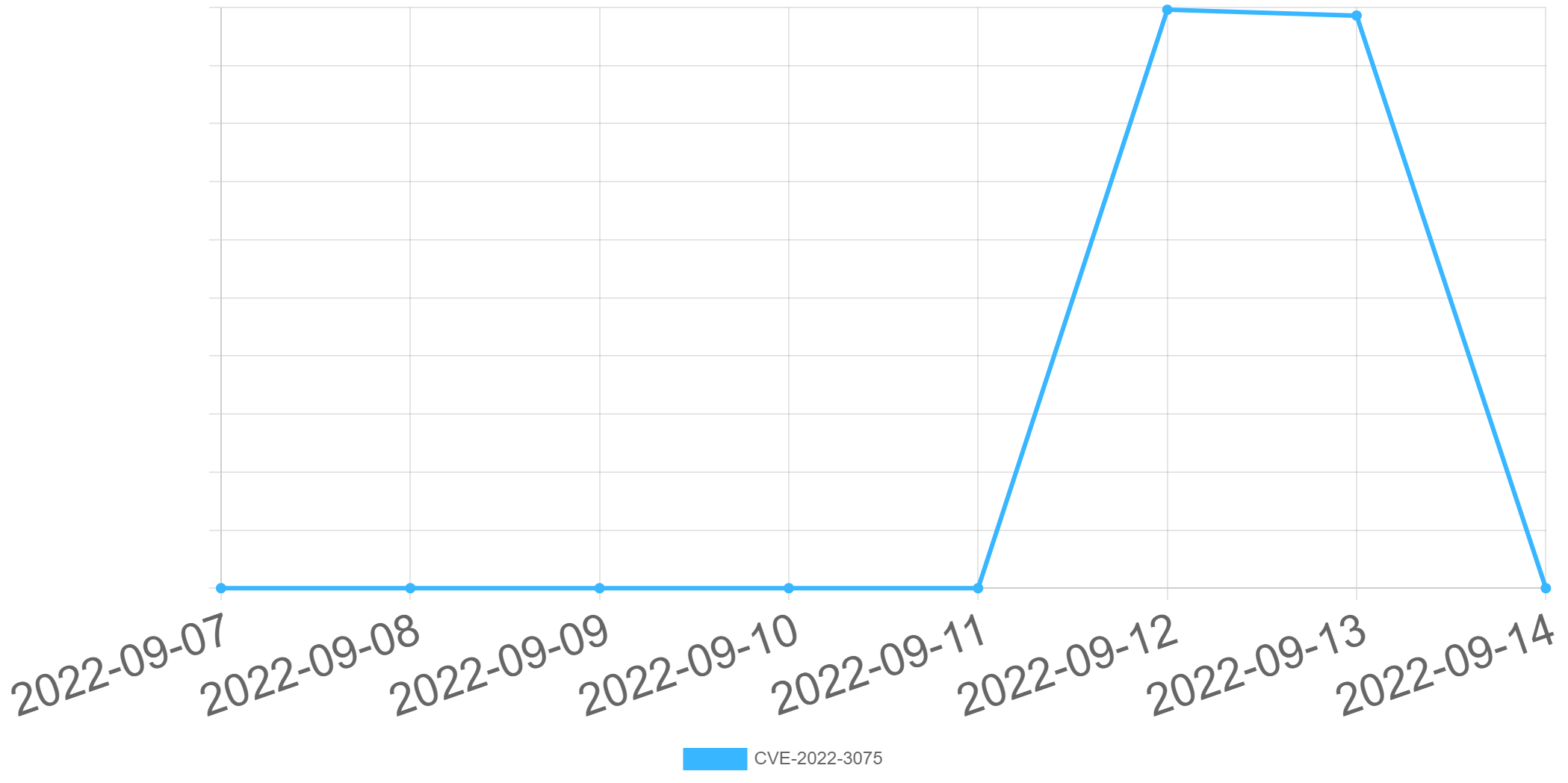
0x04 影响版本
CVE-2022-37969 :
- Windows Server 2022 Azure Edition Core Hotpatch
- Windows Server 2022 (Server Core installation)
- Windows Server 2022
- Windows Server 2019 (Server Core installation)
- Windows Server 2019
- Windows Server 2016 (Server Core installation)
- Windows Server 2016
- Windows Server 2012 R2 (Server Core installation)
- Windows Server 2012 R2
- Windows Server 2012 (Server Core installation)
- Windows Server 2012
- Windows Server 2008 for x64-based Systems Service Pack 2 (Server Core installation)
- Windows Server 2008 for x64-based Systems Service Pack 2
- Windows Server 2008 for 32-bit Systems Service Pack 2 (Server Core installation)
- Windows Server 2008 for 32-bit Systems Service Pack 2
- Windows Server 2008 R2 for x64-based Systems Service Pack 1 (Server Core installation)
- Windows Server 2008 R2 for x64-based Systems Service Pack 1
- Windows RT 8.1
- Windows 8.1 for x64-based systems
- Windows 8.1 for 32-bit systems
- Windows 7 for x64-based Systems Service Pack 1
- Windows 7 for 32-bit Systems Service Pack 1
- Windows 11 for x64-based Systems
- Windows 11 for ARM64-based Systems
- Windows 10 for x64-based Systems
- Windows 10 for 32-bit Systems
- Windows 10 Version 21H2 for x64-based Systems
- Windows 10 Version 21H2 for ARM64-based Systems
- Windows 10 Version 21H2 for 32-bit Systems
- Windows 10 Version 21H1 for x64-based Systems
- Windows 10 Version 21H1 for ARM64-based Systems
- Windows 10 Version 21H1 for 32-bit Systems
- Windows 10 Version 20H2 for x64-based Systems
- Windows 10 Version 20H2 for ARM64-based Systems
- Windows 10 Version 20H2 for 32-bit Systems
- Windows 10 Version 1809 for x64-based Systems
- Windows 10 Version 1809 for ARM64-based Systems
- Windows 10 Version 1809 for 32-bit Systems
CVE-2022-34718:
- Windows Server 2012 R2 (Server Core installation)
- Windows Server 2012 R2
- Windows Server 2012 (Server Core installation)
- Windows Server 2012
- Windows Server 2008 R2 for x64-based Systems Service Pack 1 (Server Core installation)
- Windows Server 2008 R2 for x64-based Systems Service Pack 1
- Windows Server 2008 for x64-based Systems Service Pack 2 (Server Core installation)
- Windows Server 2008 for x64-based Systems Service Pack 2
- Windows Server 2008 for 32-bit Systems Service Pack 2 (Server Core installation)
- Windows Server 2008 for 32-bit Systems Service Pack 2
- Windows RT 8.1
- Windows 8.1 for x64-based systems
- Windows 8.1 for 32-bit systems
- Windows 7 for x64-based Systems Service Pack 1
- Windows 7 for 32-bit Systems Service Pack 1
- Windows Server 2016 (Server Core installation)
- Windows Server 2016
- Windows 10 Version 1607 for x64-based Systems
- Windows 10 Version 1607 for 32-bit Systems
- Windows 10 for x64-based Systems
- Windows 10 for 32-bit Systems
- Windows 10 Version 21H2 for x64-based Systems
- Windows 10 Version 21H2 for ARM64-based Systems
- Windows 10 Version 21H2 for 32-bit Systems
- Windows 11 for ARM64-based Systems
- Windows 11 for x64-based Systems
- Windows 10 Version 20H2 for ARM64-based Systems
- Windows 10 Version 20H2 for 32-bit Systems
- Windows 10 Version 20H2 for x64-based Systems
- Windows Server 2022 Azure Edition Core Hotpatch
- Windows Server 2022 (Server Core installation)
- Windows Server 2022
- Windows 10 Version 21H1 for 32-bit Systems
- Windows 10 Version 21H1 for ARM64-based Systems
- Windows 10 Version 21H1 for x64-based Systems
- Windows Server 2019 (Server Core installation)
- Windows Server 2019
- Windows 10 Version 1809 for ARM64-based Systems
- Windows 10 Version 1809 for x64-based Systems
- Windows 10 Version 1809 for 32-bit Systems
CVE-2022-34724:
- Windows Server 2022 Azure Edition Core Hotpatch
- Windows Server 2022 (Server Core installation)
- Windows Server 2022
- Windows Server 2019 (Server Core installation)
- Windows Server 2019
- Windows Server 2016 (Server Core installation)
- Windows Server 2016
- Windows Server 2012 R2 (Server Core installation)
- Windows Server 2012 R2
- Windows Server 2012 (Server Core installation)
- Windows Server 2012
- Windows Server 2008 for x64-based Systems Service Pack 2 (Server Core installation)
- Windows Server 2008 for x64-based Systems Service Pack 2
- Windows Server 2008 for 32-bit Systems Service Pack 2 (Server Core installation)
- Windows Server 2008 for 32-bit Systems Service Pack 2
- Windows Server 2008 R2 for x64-based Systems Service Pack 1 (Server Core installation)
- Windows Server 2008 R2 for x64-based Systems Service Pack 1
CVE-2022-3075:
- Microsoft Edge (Chromium-based)
0x05 修复建议
通用修补建议
360CERT建议通过安装360安全卫士进行一键更新。
应及时进行Microsoft Windows版本更新并且保持Windows自动更新开启。
Windows server / Windows 检测并开启Windows自动更新流程如下:
- 点击开始菜单,在弹出的菜单中选择“控制面板”进行下一步。
- 点击控制面板页面中的“系统和安全”,进入设置。
- 在弹出的新的界面中选择“windows update”中的“启用或禁用自动更新”。
- 然后进入设置窗口,展开下拉菜单项,选择其中的自动安装更新(推荐)。
临时修补建议
通过如下链接寻找符合操作系统版本的漏洞补丁,并进行补丁下载安装。
Sep 2022 Security Updates0x06 产品侧解决方案
若想了解更多产品信息或有相关业务需求,可移步至http://360.net。
360企业安全云
用户可以通过安装360安全卫士并进行全盘杀毒来维护计算机安全。360CERT建议广大用户使用360安全卫士定期对设备进行安全检测,以做好资产自查以及防护工作。

360安全分析响应平台
360安全大脑的安全分析响应平台通过网络流量检测、多传感器数据融合关联分析手段,对该类漏洞的利用进行实时检测和阻断,请用户联系相关产品区域负责人获取对应产品。
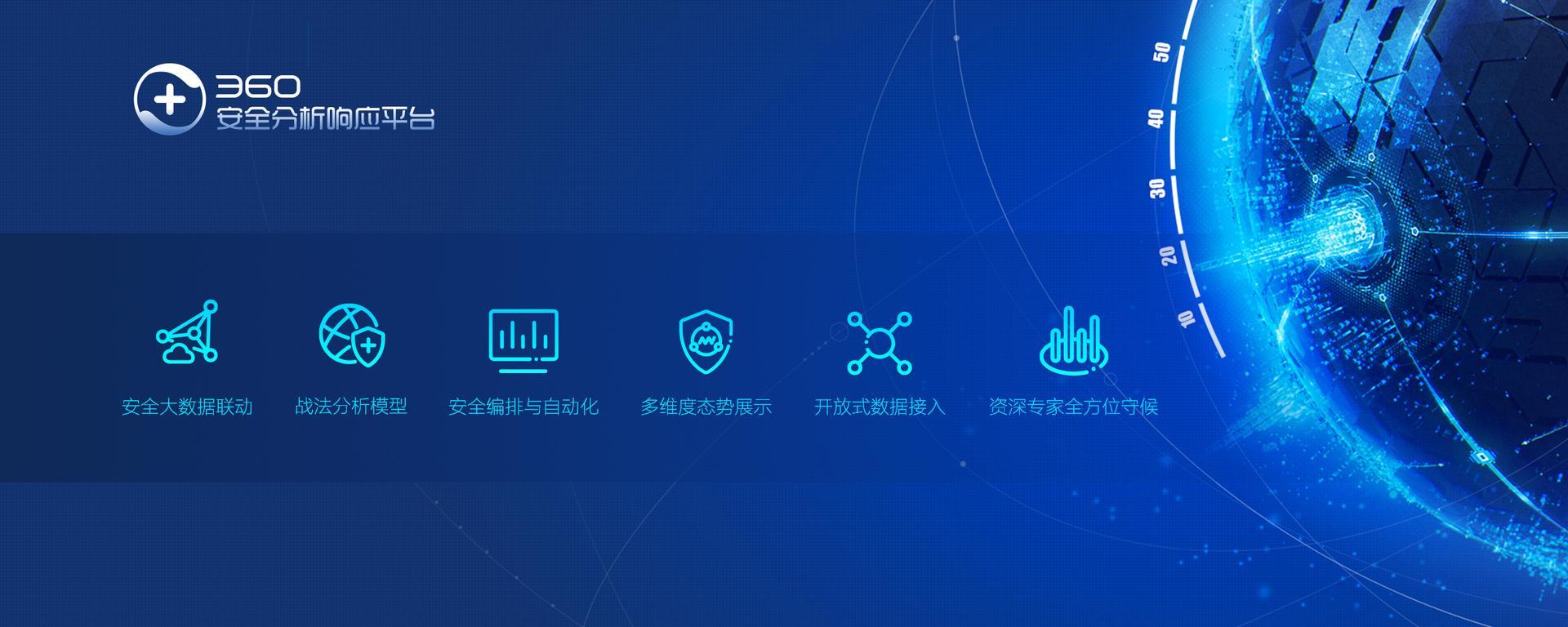
360安全卫士
Windows用户可通过360安全卫士实现对应补丁安装、漏洞修复、恶意软件查杀,其他平台的用户可以根据修复建议列表中的安全建议进行安全维护。
360CERT建议广大用户使用360安全卫士定期对设备进行安全检测,以做好资产自查以及防护工作。
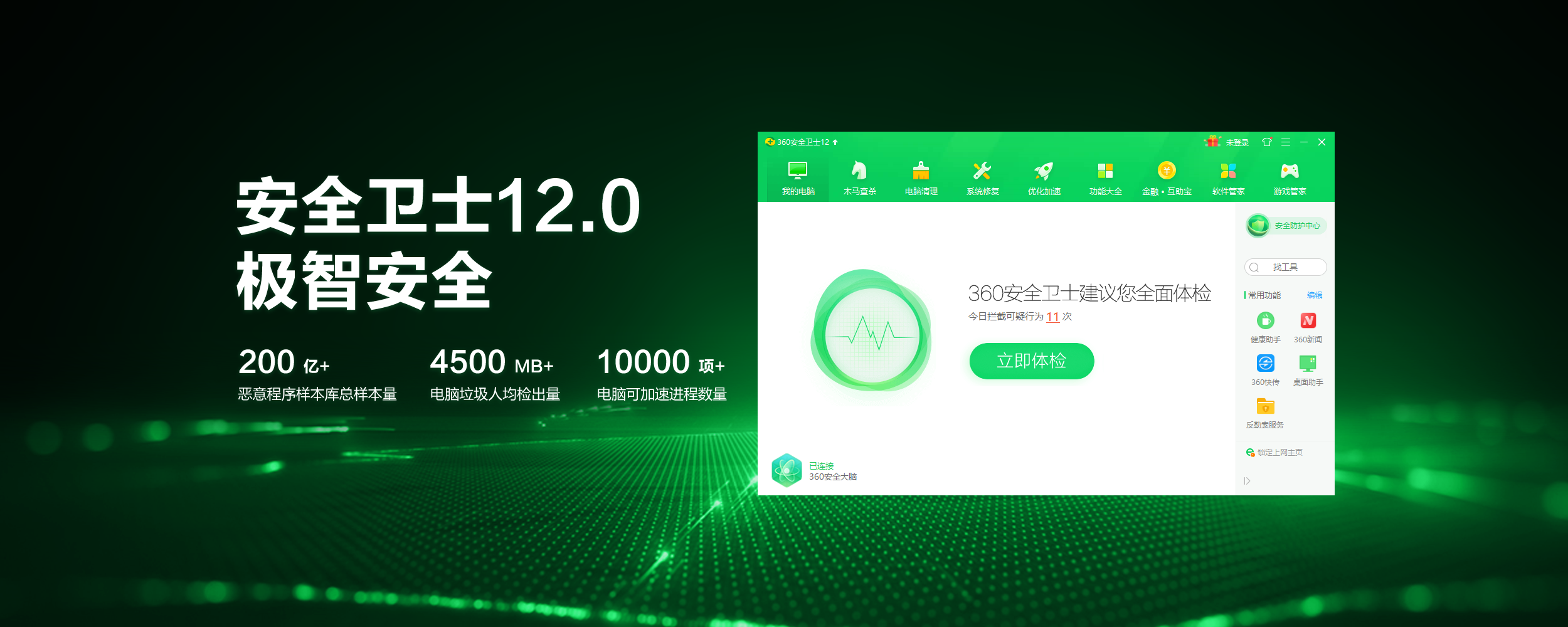
360本地安全大脑
360本地安全大脑是将360云端安全大脑核心能力本地化部署的一套开放式全场景安全运营平台,实现安全态势、监控、分析、溯源、研判、响应、管理的智能化安全运营赋能。360本地安全大脑已支持对相关漏洞利用的检测,请及时更新网络神经元(探针)规则和本地安全大脑关联分析规则,做好防护。
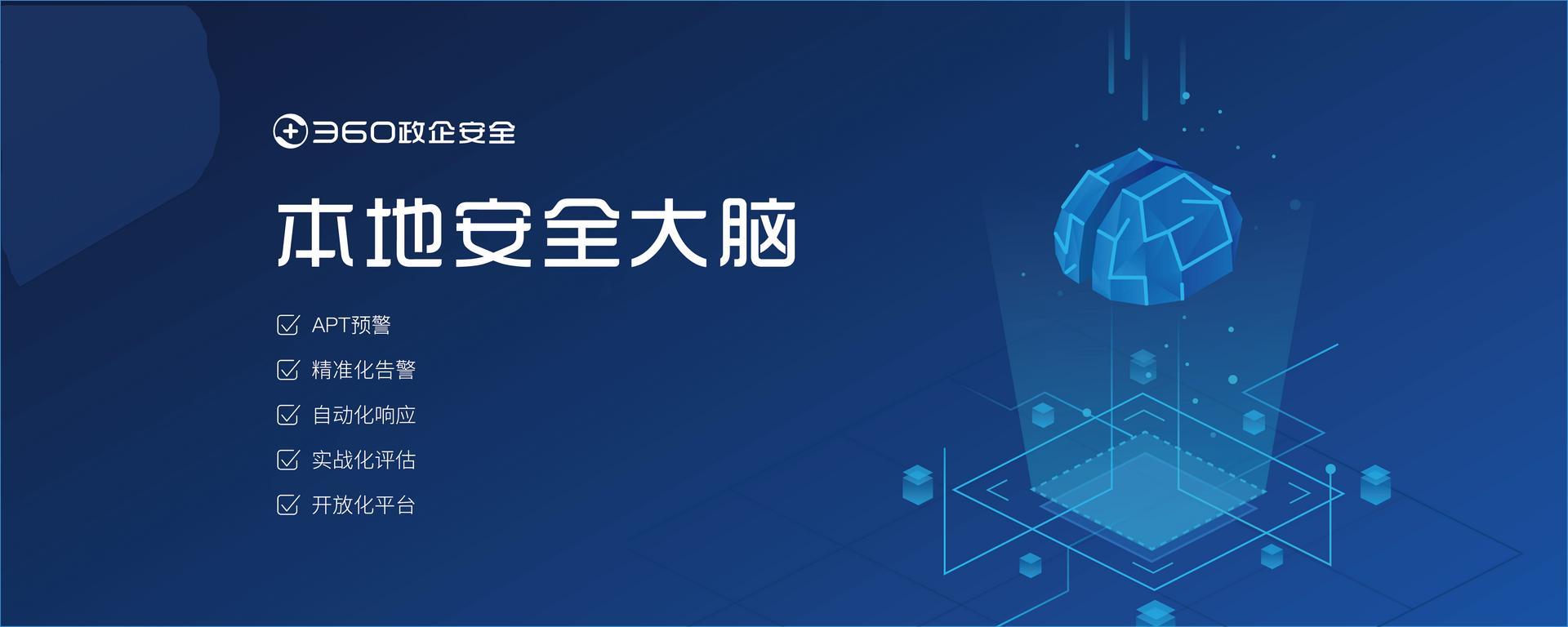
0x07 时间线
2022-09-13 微软发布通告
2022-09-14 360CERT发布通告
0x08 参考链接
1、 https://msrc.microsoft.com/update-guide/releaseNote/2022-Sep







 京公网安备 11000002002063号
京公网安备 11000002002063号